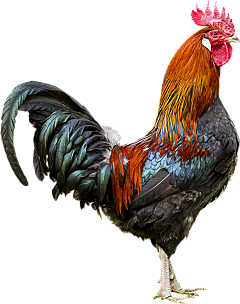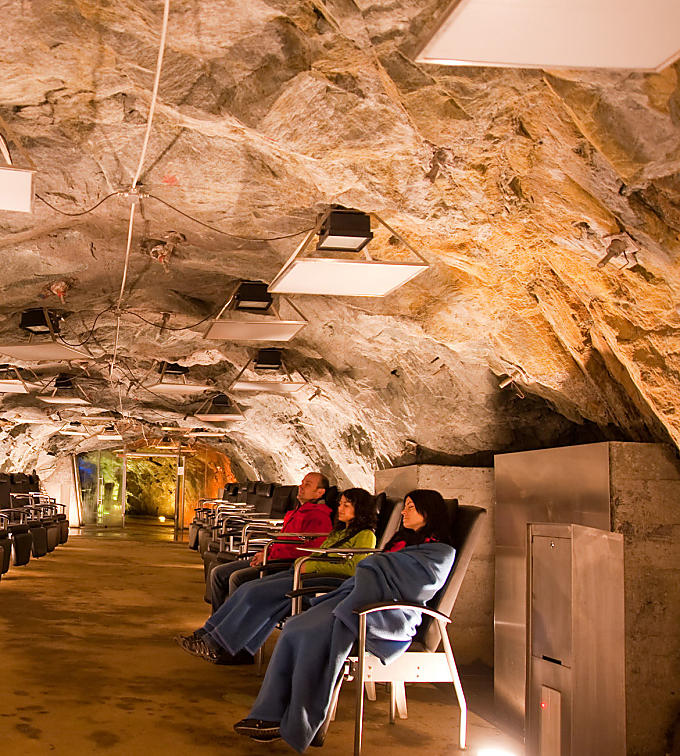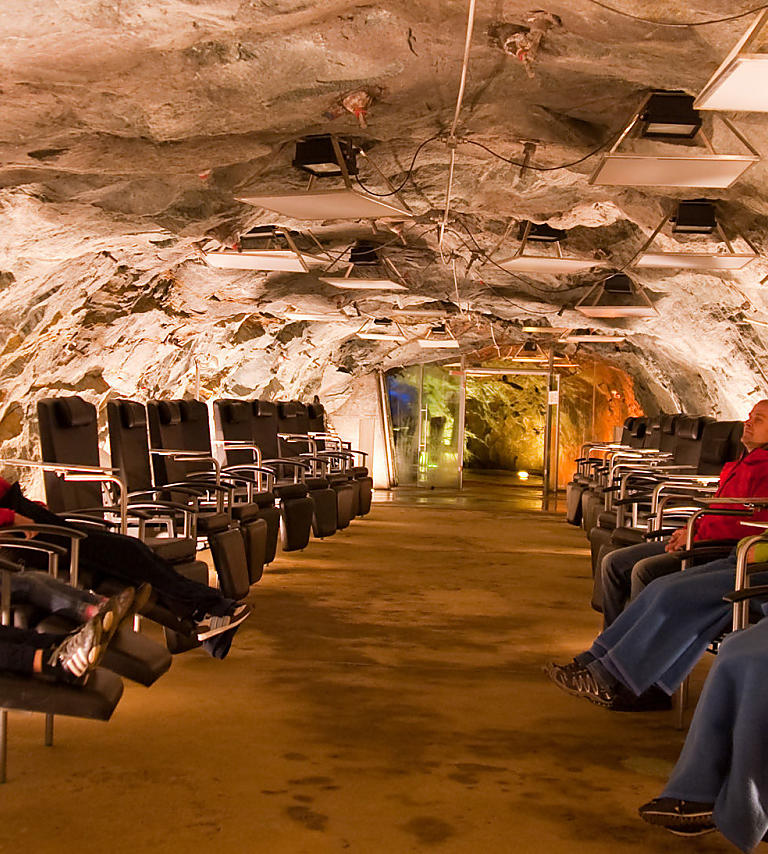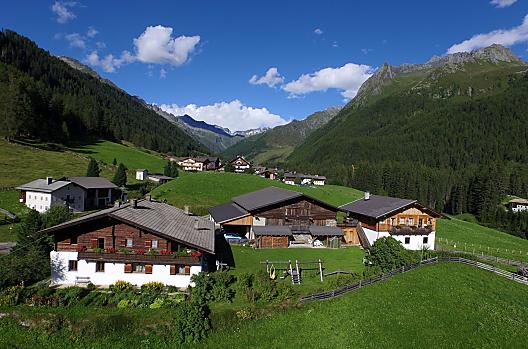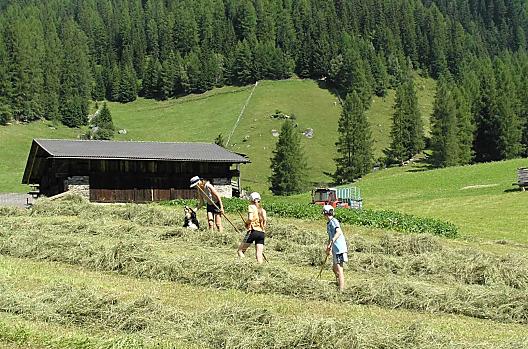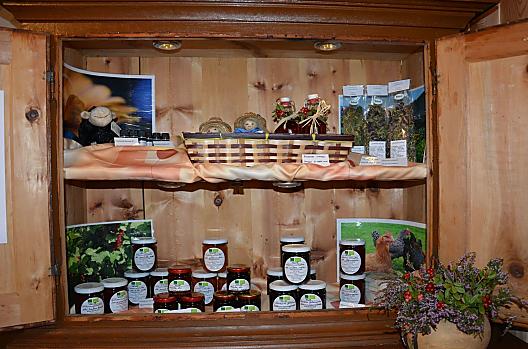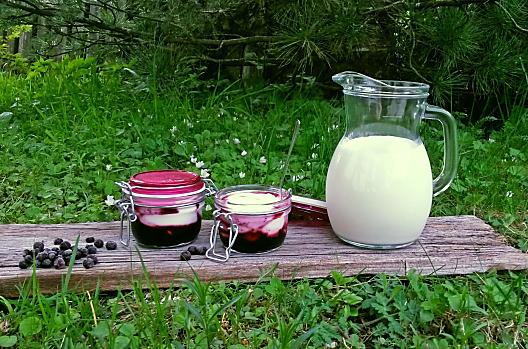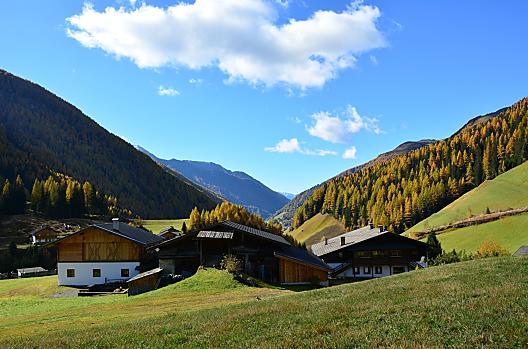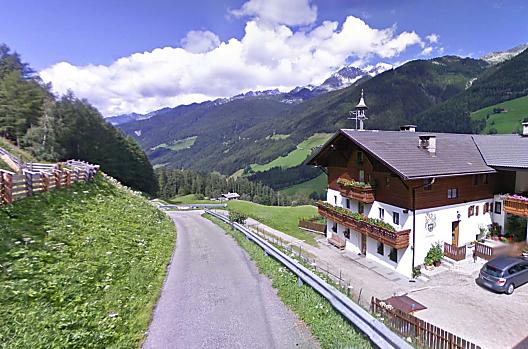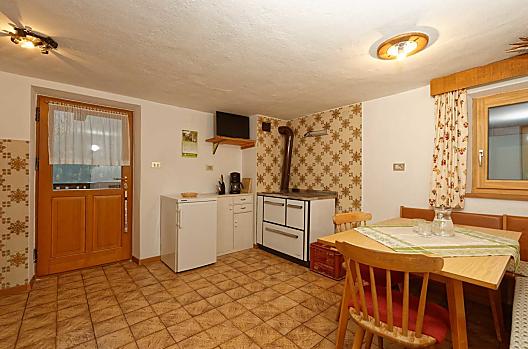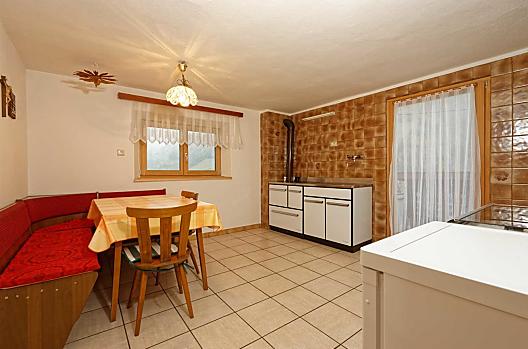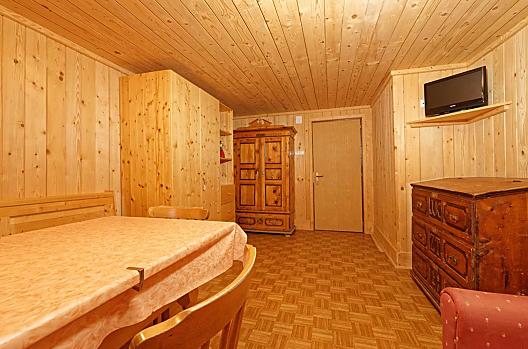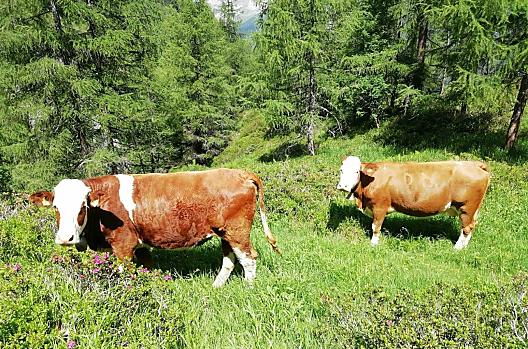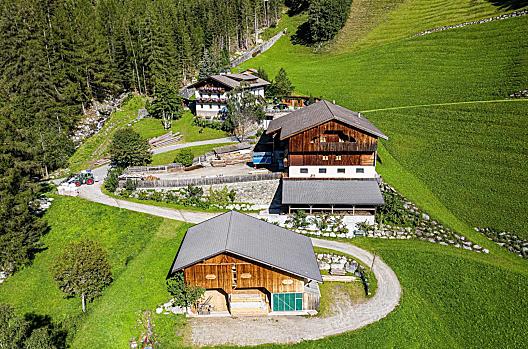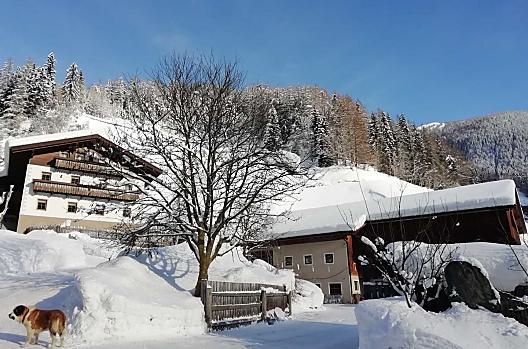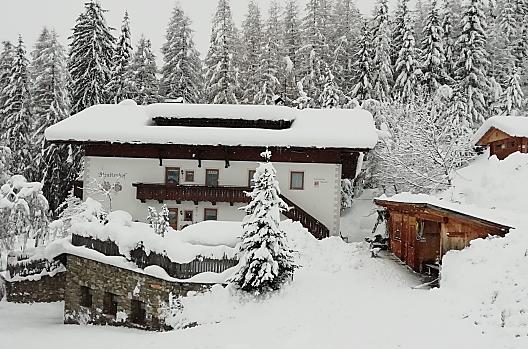Day trip destination
Mine at Prettau: The hard-working miners
Tauferer Ahrntal valley, one of the smallest municipalities in South Tyrol, holds a special attraction: the history of mining can be experienced close up at the show mine in Prettau – and allergy-sufferers may soothe their respiratory problems in the climate tunnel.
Just 600 people live in Prettau, the most northerly village in Italy. Despite this small population, the place has a lot to offer besides rural life, mainly in the form of the show mine with a climate tunnel.
“Glück auf!“
So goes this traditional miners' greeting expressing the hope of emerging safe and sound after going about their dangerous work in the narrow tunnels of the mine at Prettau. Just entering St. Ignaz mining gallery is an unforgettable experience for visitors of all ages. In the spot where copper ore was mined starting in 1400, you can learn about 500 years of mining history and get an idea of how hard life was for miners at the time. The mine was a major source of work for lots of men over the course of centuries and has influenced life in the Ahrntal valley up until today. In its heyday, the mine at Prettau employed 400 to 450 workers, including nearly the whole male population of Prettau. For the time, it was a large business that offered lots of farmers of small farms in the Ahrntal valley a welcome additional source of income. It was closed down in 1893.
The copper mine near the Rötbach stream was probably operational during the Bronze Age. It was first mentioned in records in 1426. At first, the metalliferous veins were accessed by shafts. Towards the end of the 15th century, the first galleries were built, mainly to drain water from inside the mountain. The deepest gallery, St. Ignaz Stollen, is the longest of a total of 20 galleries, being one kilometre in length. In constrast with the galleries further up, which were 'scraped out' by hand, St. Ignaz Stollen was created by an explosion using black gunpowder. An educational trail runs along the so-called 'Knappensteig' steps. This path leads past the ruins of the miners' settlement quarters and a recontructed stamp-mill, which was used for crushing the ore, up to a height of 2,100 metres above sea level to St. Wilhelm Grube at the Rotkreuz mountain in a matter of two hours. From Rötalm pasture, unencumbered views of the impressive peaks of the Zillertal Alps may be enjoyed.

Allergy-sufferers breathe easy
The first thing that you get to when you first enter Prettau mine with the pit railway is the climate tunnel. Here, there are ideal air quality conditions to sooth allergic and chronic respiratory problems. This type of treatment is known as speleology, meaning 'cave therapy'. In damp caves, the relative air humidity is close to 100 percent. This means that condensation and mist form, causing suspended solids and allergens in the air to be bound and deposited on the damp walls. This purifies the air inhaled in the tunnels. The warmer the air, the more water vapour it can absorb. In the cool tunnels, the temperature ranges from 8 to 10°C; the air heats up to 37°C when inhaled and absorbs water, which coats the mucous membranes. The result is that any inflammation of the membranes is reduced and breathing becomes easier.
Visitors have loungers, sleeping bags and blankets at their disposal, but they should wrap up warm, nonetheless. There are trained staff to supervise. One session lasts around two hours, and the type of respiratory complaint determines how often treatment is necessary. This therapy is also suitable for children.
Along with the hamlet of Kasern, Prettau, as the first health village in South Tyrol, makes the perfect place for a Farm Holiday for allergy-sufferers. Such a low pollen count as may be found here hardly exists anywhere else.
Mine at Prettau
Further information
Bruneck/Brunico – Kasern-Prettau/Casere-Predoi 42 km
The extensive Prettau/Predoi exhibition mine tells the story of copper mining. Equipped with helmet and waterproof jacket, visitors travel with the pit railway to see the galleries of the mine.
A guided tour relates to visitors the hard work performed by the former miners throughout a period of 500 years, depicted through working scenes and extraction techniques. Excavation by means of hammer and chisel is explained, as is the use of black powder and the extraction of the ore with compressed air.
Closed on Monday (except public holidays).
Closed during the winter months (until Easter).

